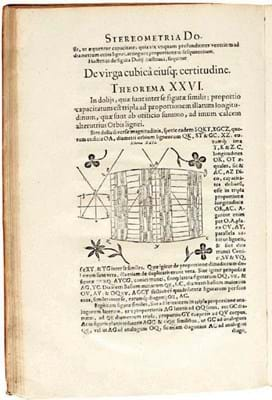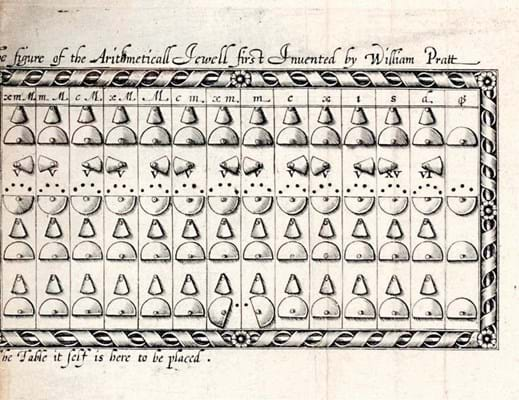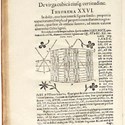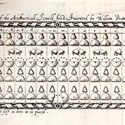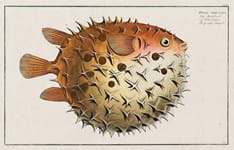On the face of it, a book inspired by the author’s desire to know just how much wine might be contained in the barrels delivered to his house might seem a slightly unlikely star turn.
The author of Nova Stereometria Doliorum Vinariorum, Johannes Kepler, published a number of the more famous works in the history of astronomy. Here, however, he was tackling the problem posed by the fact that wine barrels were traditionally measured diagonally in length rather than by actual volume.
This great rarity proved to be another notable success from the enormous Erwin Tomash library on the history of computing, sold on September 18-19 by Sotheby’s (25/20/12.9% buyer’s premium).
A 1615 first, complete with the rare errata leaf and in a contemporary vellum binding, the Tomash copy was acquired for £2000 in one of the 1979-81 sales of the great Honeyman scientific library, but this time it made £55,000.
The first book to be printed in the Austrian town of Linz, by Johann Planck, this original Latin text version did not sell well at the time. In the following year he summoned another printer – somewhat confusingly named Hans Blanck – to print his revised German language version.
Tomash’s copy of that edition was estimated at £7000-10,000, but did not sell at Sotheby’s.
Saleroom jewel
Formerly in the Macclesfield Library, but not part of the great 2004-08 series of sales held by Sotheby’s and acquired in 2007 from Martyan Lan, The Arithmeticall Jewell… of William Pratt sold for £48,000.
This work of 1617, as the extended title explains, offers directions to … The use of a small Table; Whereby isspeedily wrought, as well all Arithmeticall workes in whole Numbers, as all fractionall operations, without fraction or reduction.
The ‘arithmeticall jewell’ itself was an instrument with a flat grid of semi-circular, rotating brass wedges that could be used in subtraction, multiplication, division and the extraction of roots.
Pratt was one of the three men who had obtained a privilege for printing a book explaining the instrument’s use, but they then fell out and published their own separate manuals.
It was intended that Pratt’s book and instrument be bound together as a single pocket companion, but today few copies are recorded. Only two now retain both instrument and book, and only that in the Cambridge University Library contains the engraved plate of the instrument found in the Tomash copy.
Just three years earlier, in 1614, there had had appeared one of the more famous and influential mathematical works of them all, a fine copy in period vellum of Mirifici Logarithmorum Canonis descriptio…
A first-issue copy of a key work in the history of mathematical calculation, this example of John Napier’s announcement to the world of his invention of logarithms and their use – the tables that lay behind most computation before the invention of the electronic computer – sold at £60,000.
Seminal paper by Turing
A highlight in the ‘modern’ section of the sale was one that the cataloguers described as: “The foundation of the modern theory of computation, and thus the most important 20th century paper in computer science.”
Sold at £24,000 was a cloth-bound volume of Proceedings of the London Mathematical Society from 1937 that contains on pp230-265 a paper called ‘On Computable numbers with an application to the entscheidungsproblem’.
This marked the first appearance of a seminal paper by Alan Turing that introduces the concept of a universal problem-solving machine – one that could “… replicate anything done by a human being following a set procedure or any other mechanism”.
The volume also contains a second paper in which, following comments made by a reviewer of the original paper, Turing made a few corrections to his original work.


